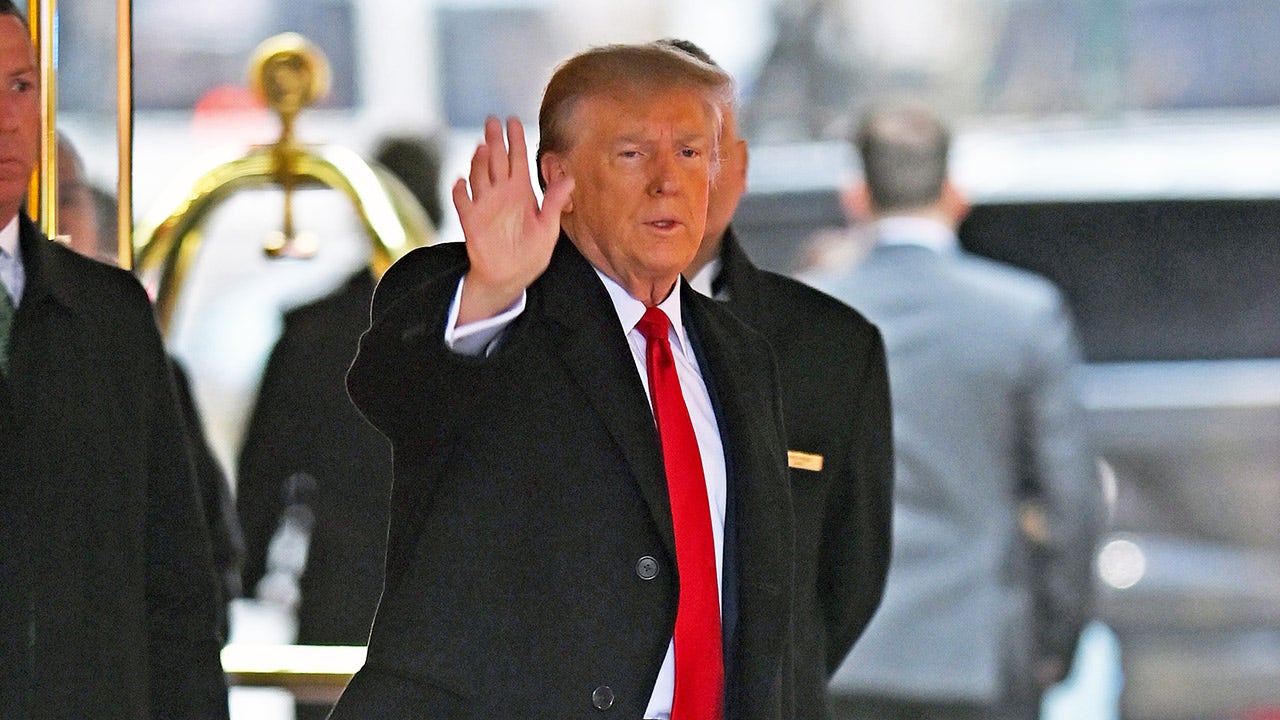In a dramatic escalation of hostilities, Hezbollah launched over 150 projectiles into Israel on Sunday, a day after a high-stakes Israeli strike in Beirut left at least 20 dead and more than 65 injured. The strike targeted Mohammad Haidar, a senior Hezbollah military commander, though Israeli officials later confirmed that he survived the attack. This confrontation marks a significant flashpoint in the ongoing conflict between Israel and Hezbollah, which has seen periodic flare-ups since the 2006 Lebanon War.
The Israeli airstrike, which devastated a section of the Lebanese capital, aimed to eliminate what Israel considers a strategic threat. According to Israeli defense officials, the operation was a response to Hezbollah’s increasing military activity and was intended to weaken its command structure. However, the failure to neutralize Haidar may further embolden Hezbollah’s retaliatory actions, as evidenced by the subsequent barrage of rockets.
Hezbollah’s Retaliatory Strikes
On Sunday morning, air raid sirens pierced the skies over Israel, including major urban centers like Tel Aviv and Safed. The Israeli military reported that approximately 160 projectiles were fired, with air defense systems intercepting some of them. The attacks caused injuries to at least six people, and images shared by emergency services showed vehicles consumed by flames in central Israel.
Hezbollah claimed responsibility for the salvoes, asserting that one of its targeted strikes was aimed at a military installation in Tel Aviv. This purported attack, described by Hezbollah as a response to the Beirut strike, could not be independently verified. Israeli authorities denied any direct impact on Tel Aviv during that timeframe, highlighting the fog of war that often accompanies such escalations.
A Brewing Conflict Across Borders
The violence is not limited to Lebanon and Israel. On the same day, Israeli forces announced strikes on militant infrastructure near the border between Syria and Lebanon. These actions underscore the broader regional dimensions of the conflict, as Hezbollah’s operations often intersect with Syria, where it has been a key ally of President Bashar al-Assad.
In addition, Israel has ordered the evacuation of several villages in southern Lebanon and specific buildings in Dahiya, a Hezbollah stronghold in Beirut. The evacuations reflect the precarious balance of maintaining civilian safety amid intensifying military operations.
Civilian Toll and Regional Implications
The Israeli strike on Beirut resulted in substantial civilian casualties, with at least 20 fatalities and over 65 wounded. The attack has drawn criticism from Lebanese officials and humanitarian organizations, raising concerns about violations of international law and the disproportionate impact on non-combatants.
Hezbollah’s response, while aimed at military installations, has also caused collateral damage, injuring civilians and destroying infrastructure in Israel. This mutual targeting of populated areas exacerbates the humanitarian crisis on both sides, with civilians bearing the brunt of the conflict.
Strategic and Political Ramifications
This confrontation occurs against a backdrop of heightened tensions in the Middle East. Israel’s government, led by Prime Minister Benjamin Netanyahu, has been pursuing a more aggressive stance against Hezbollah, citing its growing arsenal and influence in the region. For Hezbollah, these strikes offer an opportunity to rally domestic and regional support by portraying itself as a defender of Lebanon’s sovereignty.
Internationally, the escalation risks drawing in other actors, particularly Iran, Hezbollah’s chief patron. Tehran has long provided financial and military support to the group, and any direct involvement could widen the conflict significantly.
The United States and European allies have called for restraint, urging both sides to avoid actions that could spiral into a broader war. However, the entrenched hostilities and the lack of a clear diplomatic pathway make de-escalation challenging.
A Conflict Without Easy Solutions
The latest round of violence between Israel and Hezbollah highlights the fragile peace that has persisted in the region since the 2006 Lebanon War. Both sides remain deeply entrenched in their positions, with no immediate prospect of a long-term resolution.
For now, the focus remains on containing the current flare-up. Yet, as both Israel and Hezbollah escalate their rhetoric and actions, the potential for a wider conflict looms large.
Key Takeaways
- The Israeli strike in Beirut marks one of the deadliest escalations in recent years, targeting Hezbollah’s senior leadership but failing to achieve its objective of neutralizing Mohammad Haidar.
- Hezbollah’s retaliatory strikes have caused injuries and damage within Israel, heightening tensions and drawing both sides closer to prolonged conflict.
- Civilian casualties and infrastructure damage in Lebanon and Israel underscore the human cost of the hostilities.
- The conflict has broader regional implications, with potential involvement from Syria and Iran, as well as growing international calls for restraint.
- With no clear resolution in sight, the violence threatens to destabilize an already volatile region further.
Conclusion
The ongoing clash between Israel and Hezbollah is a stark reminder of the fragility of peace in the Middle East. Both sides continue to engage in actions that perpetuate a cycle of violence, leaving civilians in the crossfire and raising the prospect of a broader regional conflict. While calls for de-escalation are vital, achieving lasting peace will require addressing the root causes of the hostilities—an endeavor fraught with political, historical, and ideological complexities. For now, the region braces for what could be another prolonged and devastating chapter in its troubled history.



